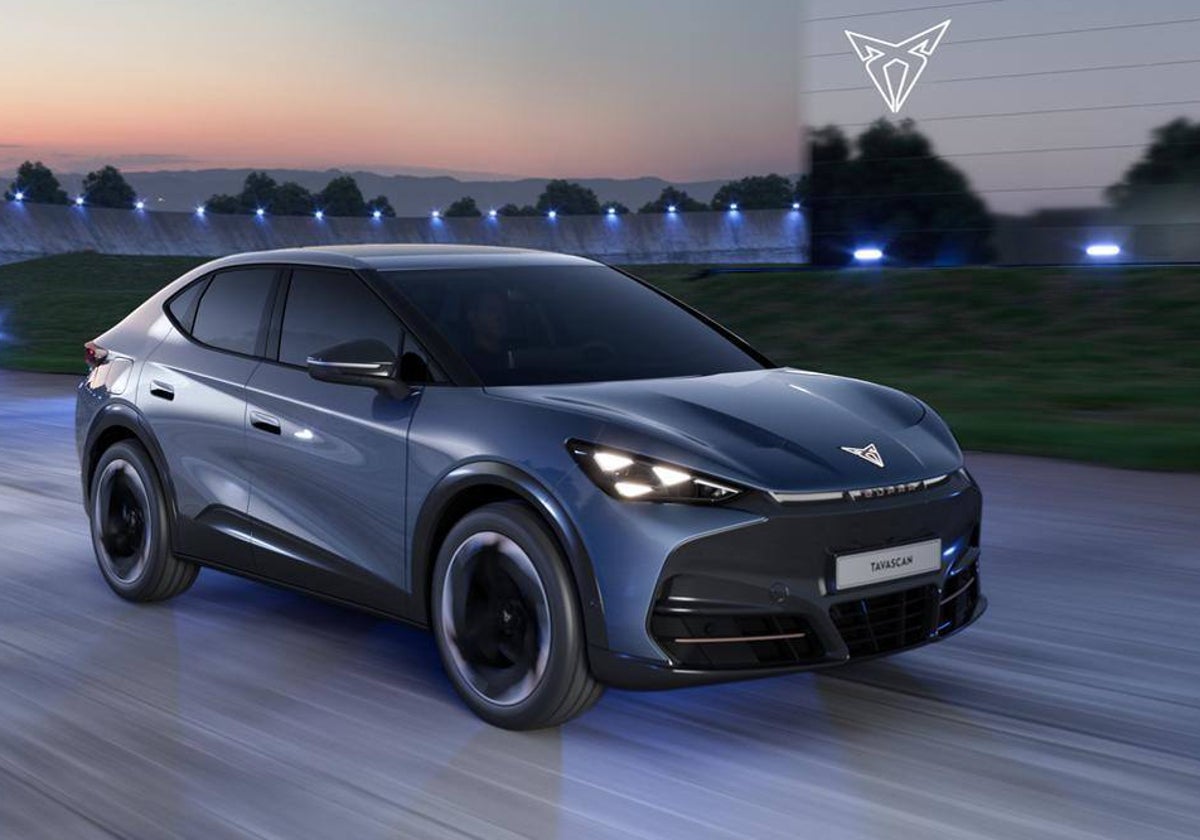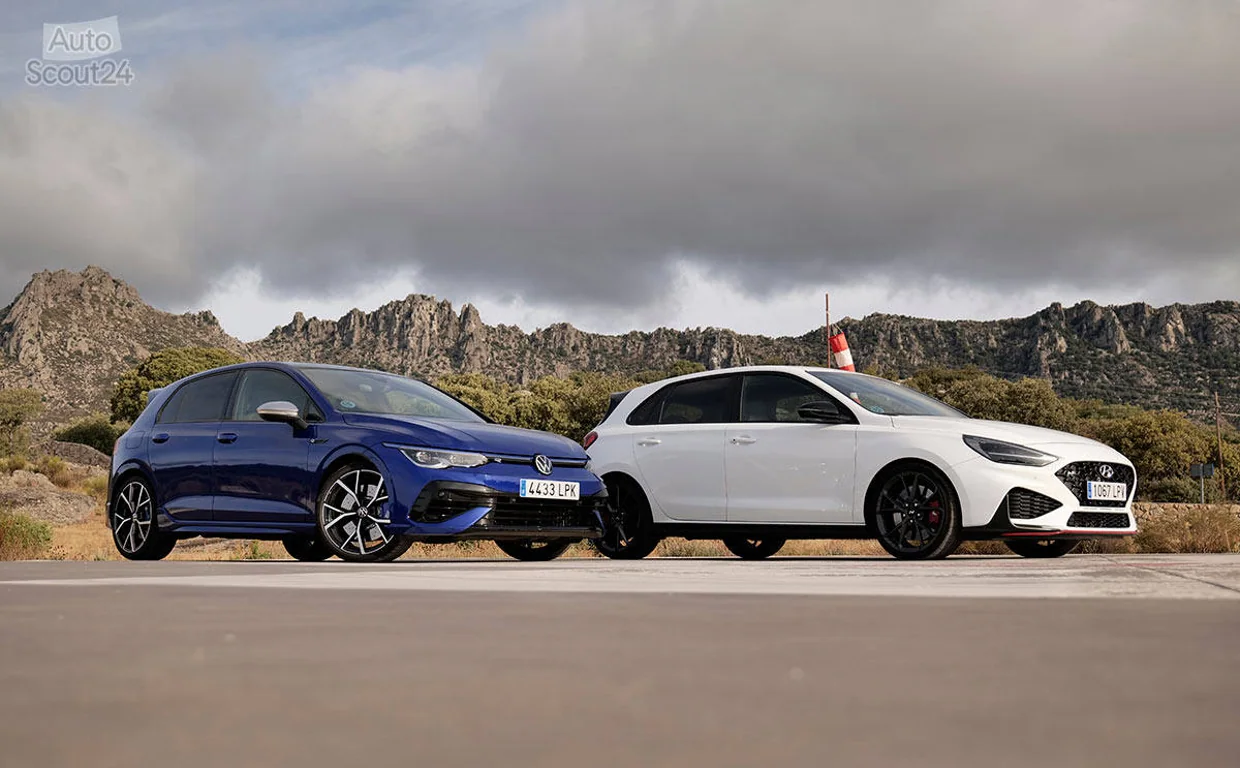The pure electric car and the plug-in hybrid variants of combustion cars are gradually gaining a foothold in buyer preferences
The car industry is making strides towards electrification, with the European Union on the cusp of agreeing to a ban on the sale of zero-emission vehicles from the year 2035.
As manufacturers strive to offer more and more electrified vehicles and governments in Spain move at a very slow pace when it comes to providing charging infrastructures, consumers are forced to make a lot of calculations when deciding what type of technology to deploy for their next mode of transport.
The pure electric car and the plug-in hybrid variants of combustion cars are slowly gaining a foothold in buyer preferences, with more models on the market. The main advantages are the zero CO2 emissions in circulation and the possibility to “feed” them with electricity from renewable sources.
Autonomy, time and price of charging are the main questions that arise when making a purchase decision.
Although the way of enjoying or using a car as a means of transport is evolving, and new formulas such as renting give access to a vehicle with certain characteristics for a certain time and for specific tasks.
Manufacturers publish an electric car’s runtime data, but in order to make comparisons and have the most realistic value possible, make sure that this figure has been calculated according to the WLTP measurement cycle, which best fits the actual conditions of use of a vehicle. For example, a BMW iX3 declares a maximum autonomy of 460 kilometers in the WLTP cycle and 520 kilometers under the previous NEDC cycle.
If we don’t have that data to hand, there is a “trick” to calculate it approximately. Battery manufacturers claim that each kWh battery on average equals 10 kilometers of autonomy. But this figure changes significantly if we take into account the power and weight of the vehicles. If you do not have the official data, there is an easy way to calculate the estimated autonomy.
If we multiply the battery capacity in a small car by the factor 7.5, for example in a Renault Zoe of 40 kWh, we get a range of 300 kilometers. In a medium-sized car the factor is 7; and in a large, 5. In this way, a 39 kWh Hyundai Ioniq would have an autonomy of about 273 km; and a 71 kWh Audi eTron, 355 kilometers.
As a general rule, charging an electric car at home is much cheaper than using a public charger. The cost of charging an electric vehicle (EV) or plug-in hybrid vehicle (PHEV) depends on the electricity tariff and the amount of electricity used (kWh). A typical domestic rate is about €0.15/kWh, so a vehicle with a 40 kWh battery would cost about €6 to fully charge the battery, while a plug-in hybrid vehicle with a small 10 kWh battery would only cost would cost €1.5€.
The most suitable rate to charge an electric vehicle is the supervalley (2.0DHS) with hourly discrimination, which offers much lower prices at night, which is the ideal time to leave the car plugged in. These rates can go up to a minimum of €0.03/kWh, so fully charging an average model such as an electric Hyundai Ioniq, with a 39 kWh battery, would cost 1.17 euros. For this amount we could drive 340 kilometers (according to the WLTP-approved autonomy data of this model), which gives an energy cost of 0.34 euros per 100 kilometers, much lower than that of an equivalent diesel model, which comes at about 5 euros per 100 kilometers. kilometers. In the case of a Hyundai Ioniq plug-in hybrid, with an 8.9 kWh battery, the cost would be 1.30 euros in the peak rate and 0.27 euros in the off-peak rate.
The time it takes to charge an electric car depends on the speed of the charging unit, the size of the battery, the capacity of the car charger (which varies according to the model) and the cable we use. If the car doesn’t support fast or ultra-fast charging, we won’t be able to take advantage of the most powerful charging speeds.
Drip charge (internal plug) charges with 2.5 kWh
Fast charging (home, work or public network) usually charges at 7 kWh (single phase), but can go up to 11 kWh or 22 kWh if it is three phase.
Ultra-fast charging (specialized network) charges up to 50 kWh, but can go up to 100 kWh and 350 kWh with super chargers). In these chargers you can only charge up to 80% of the capacity to protect the battery.
Source: La Verdad
I am Ida Scott, a journalist and content author with a passion for uncovering the truth. I have been writing professionally for Today Times Live since 2020 and specialize in political news. My career began when I was just 17; I had already developed a knack for research and an eye for detail which made me stand out from my peers.



